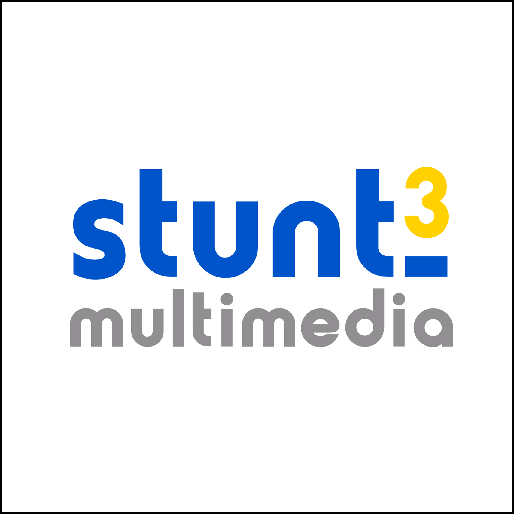Text-to-audio technology is a remarkable innovation that converts written text into spoken words. It allows individuals to listen to written content instead of reading it, making information more accessible and inclusive for everyone. This technology has the potential to greatly benefit various groups, including the elderly and vision-impaired individuals.
For elderly people, text-to-audio provides an opportunity to engage with written material without straining their eyes or dealing with small font sizes. As eyesight naturally deteriorates with age, reading can become challenging and frustrating. Text-to-audio offers a convenient alternative by converting books, articles, emails, or any other written content into audio format. This enables seniors to continue enjoying literature, staying informed about current events, and maintaining their intellectual curiosity.
Similarly, vision-impaired individuals face significant barriers when it comes to accessing written information independently. Text-to-audio technology empowers them by providing an audio representation of text-based materials such as books or websites. By listening rather than reading visually demanding texts themselves, they can access a wide range of information effortlessly. This accessibility promotes independence and inclusion for those who may otherwise struggle with traditional print media.
That is why Stunt3 Multimedia offers text-to-audio technology. We believe that this technology holds immense potential in enhancing accessibility for all individuals but particularly benefits the elderly and vision-impaired communities. By converting written content into spoken words through this innovative tool, we can ensure that everyone has equal access to information regardless of visual limitations or age-related challenges. Embracing this technology helps create a more inclusive society where knowledge is readily available in multiple formats for all people to enjoy and benefit from.
We also convert text content to audio files for museums, archives, libraries, etc so any written document can be accessible for the visually impaired. These text-to-audio files can then be streamed or downloaded, and help comply with the Americans with Disability Act.


